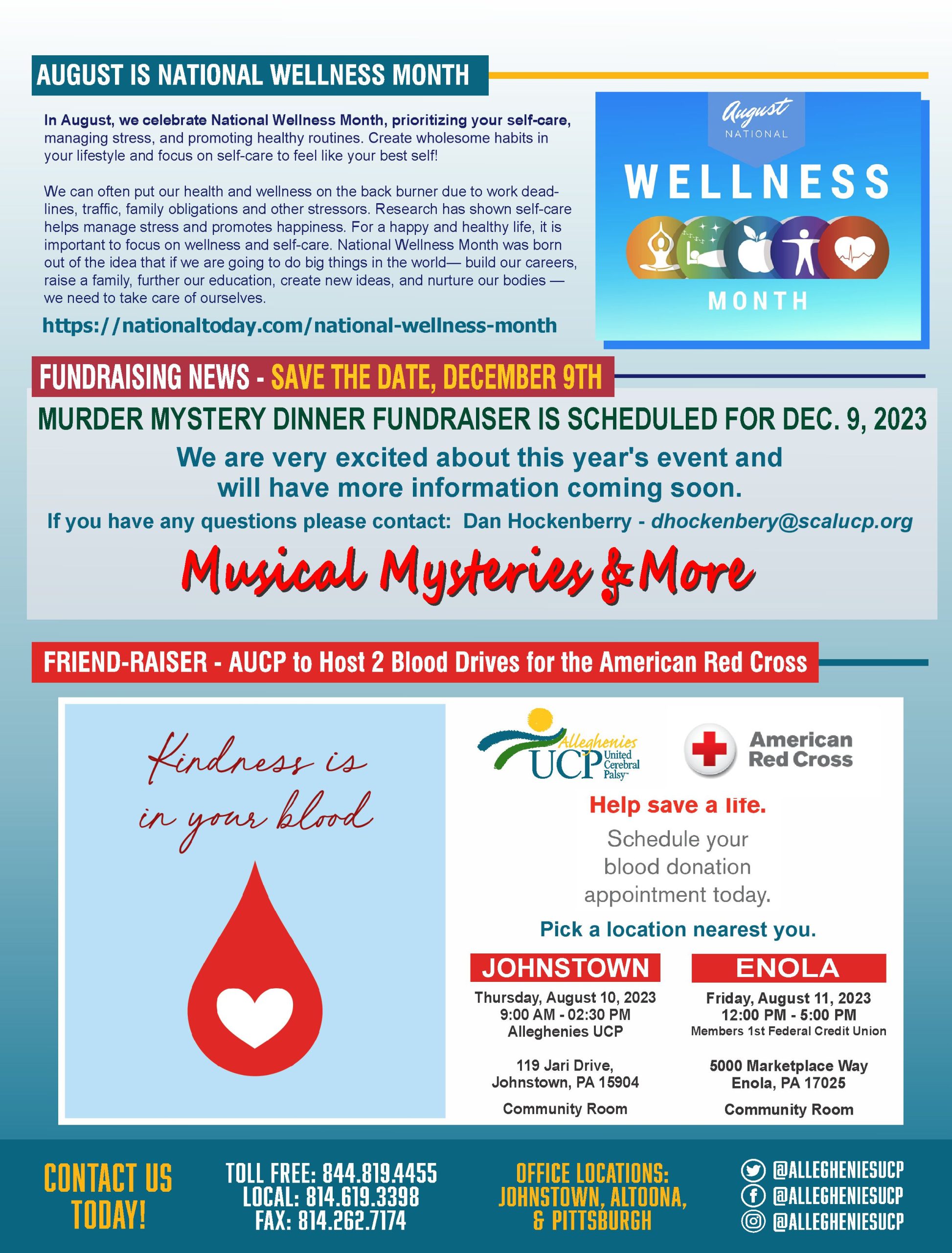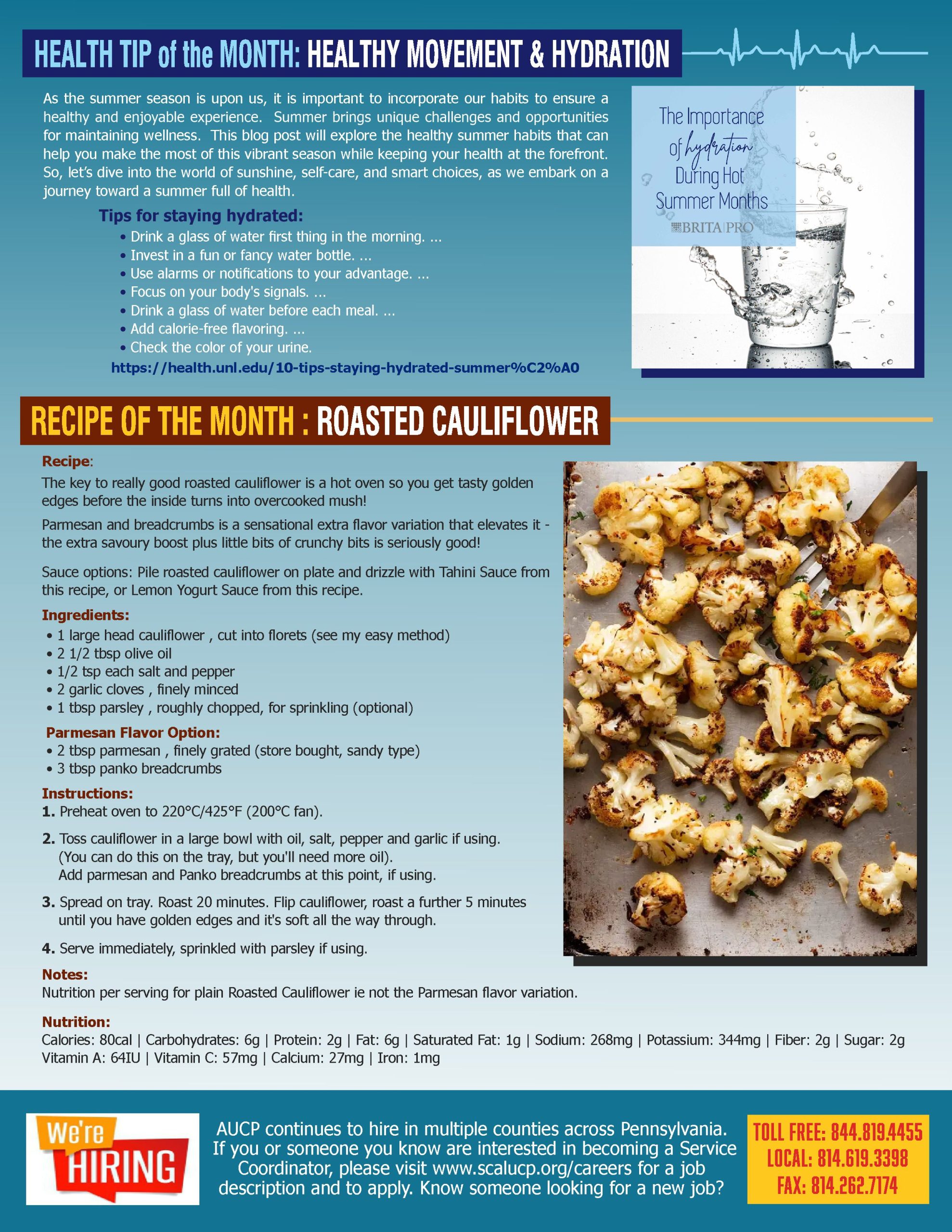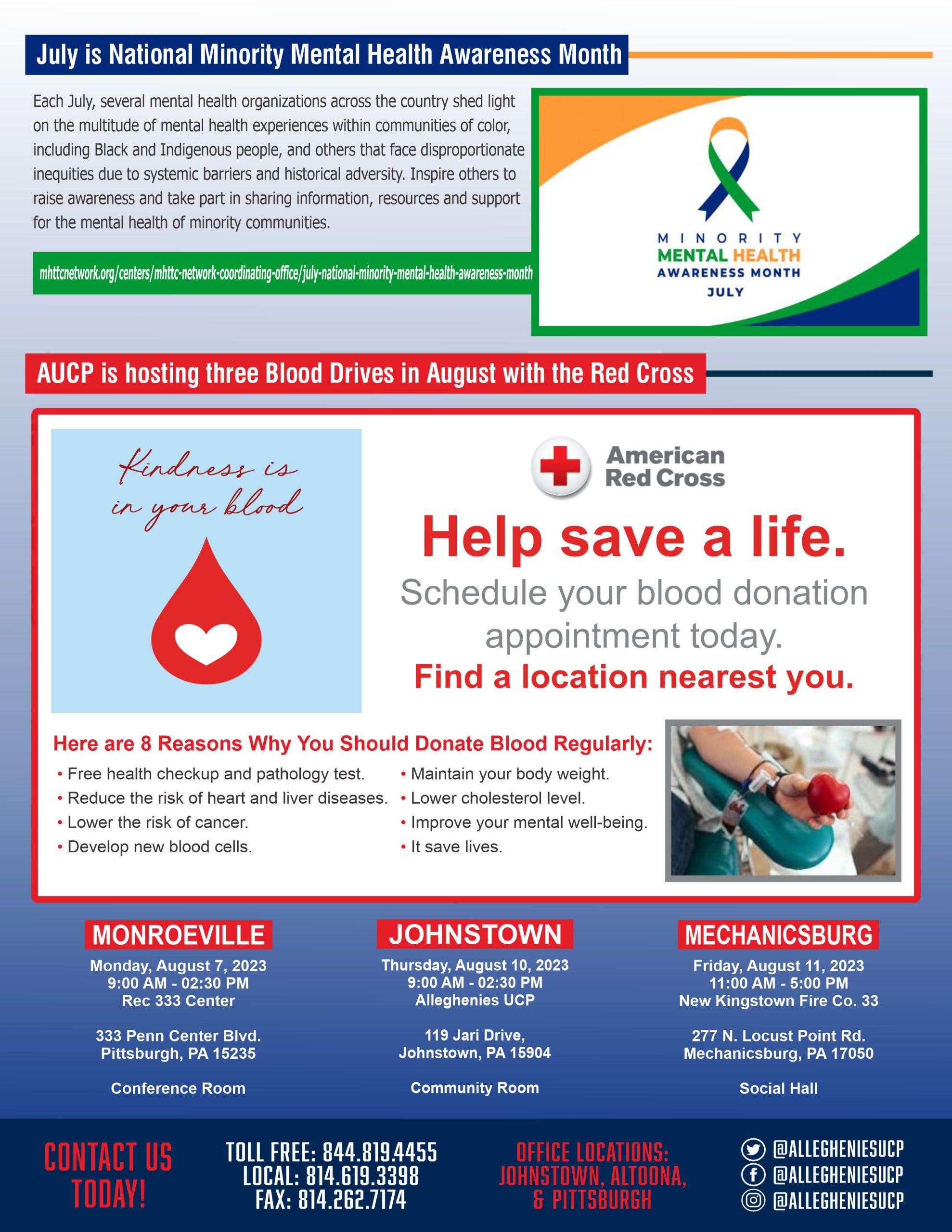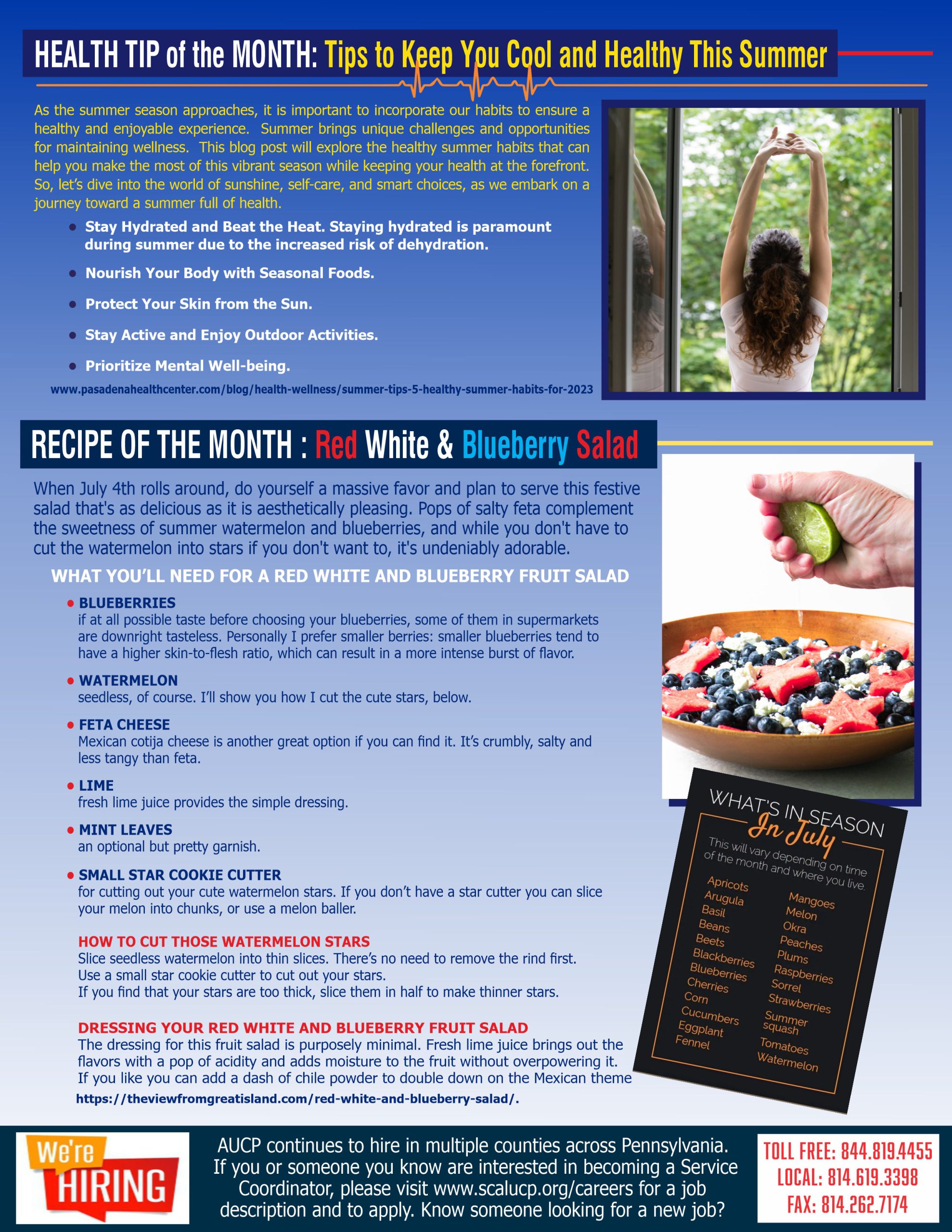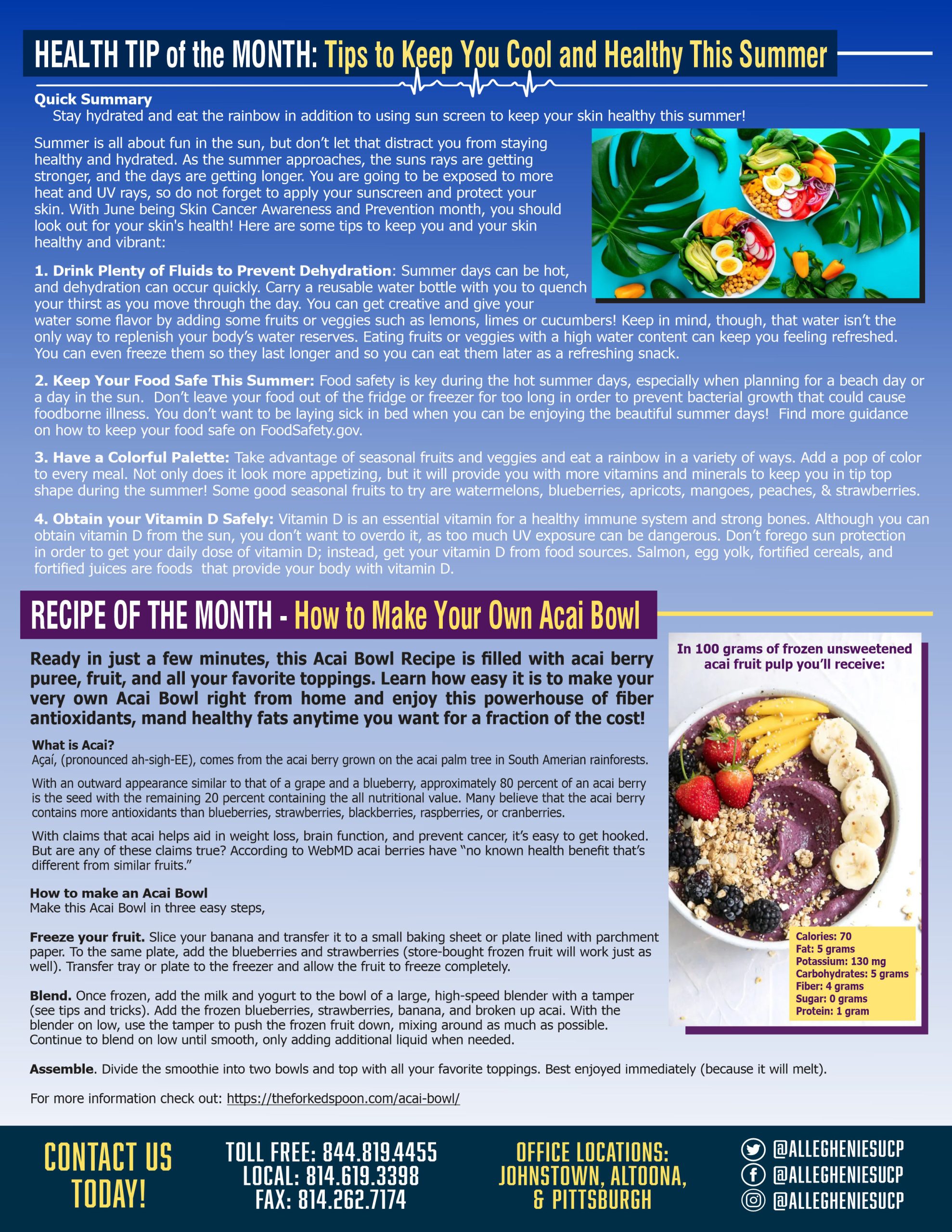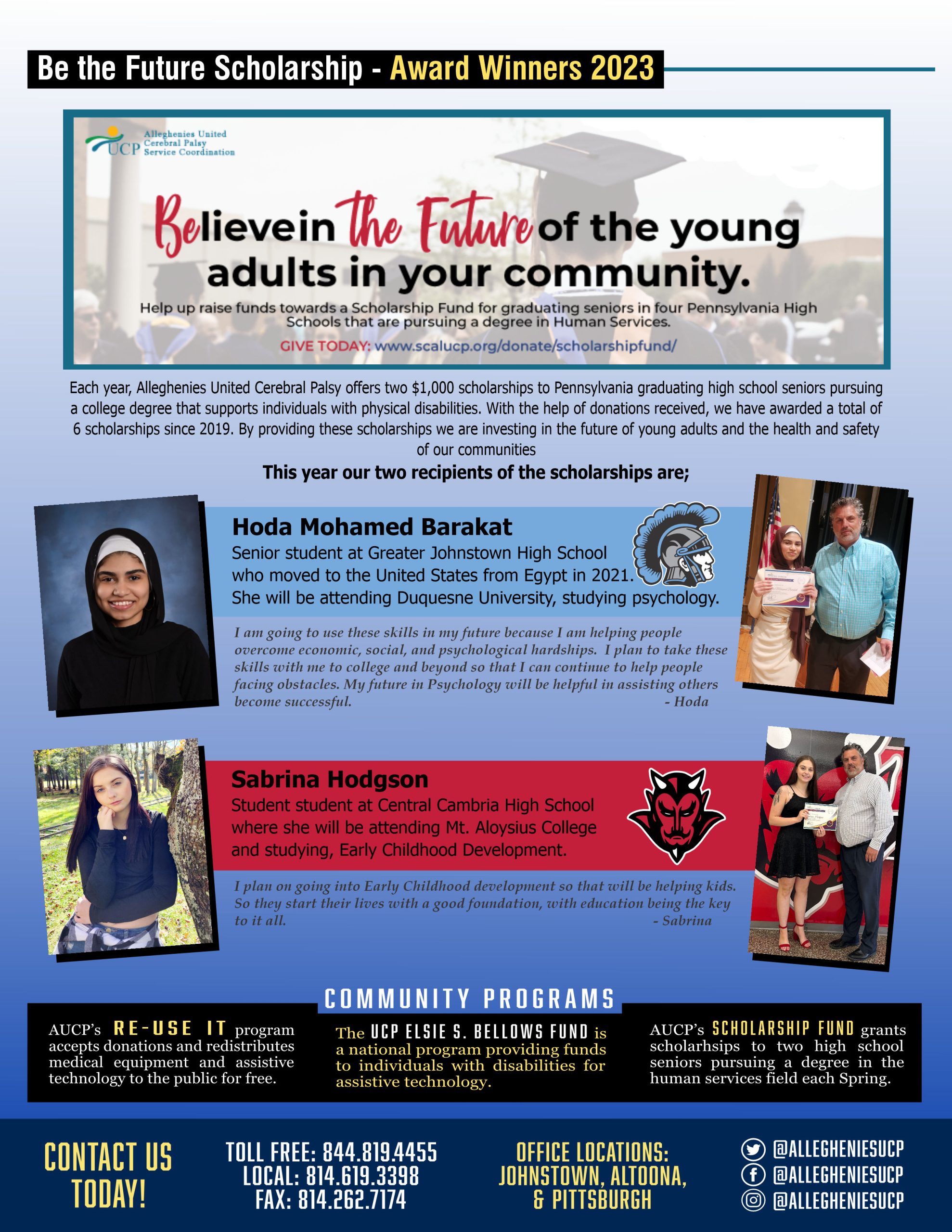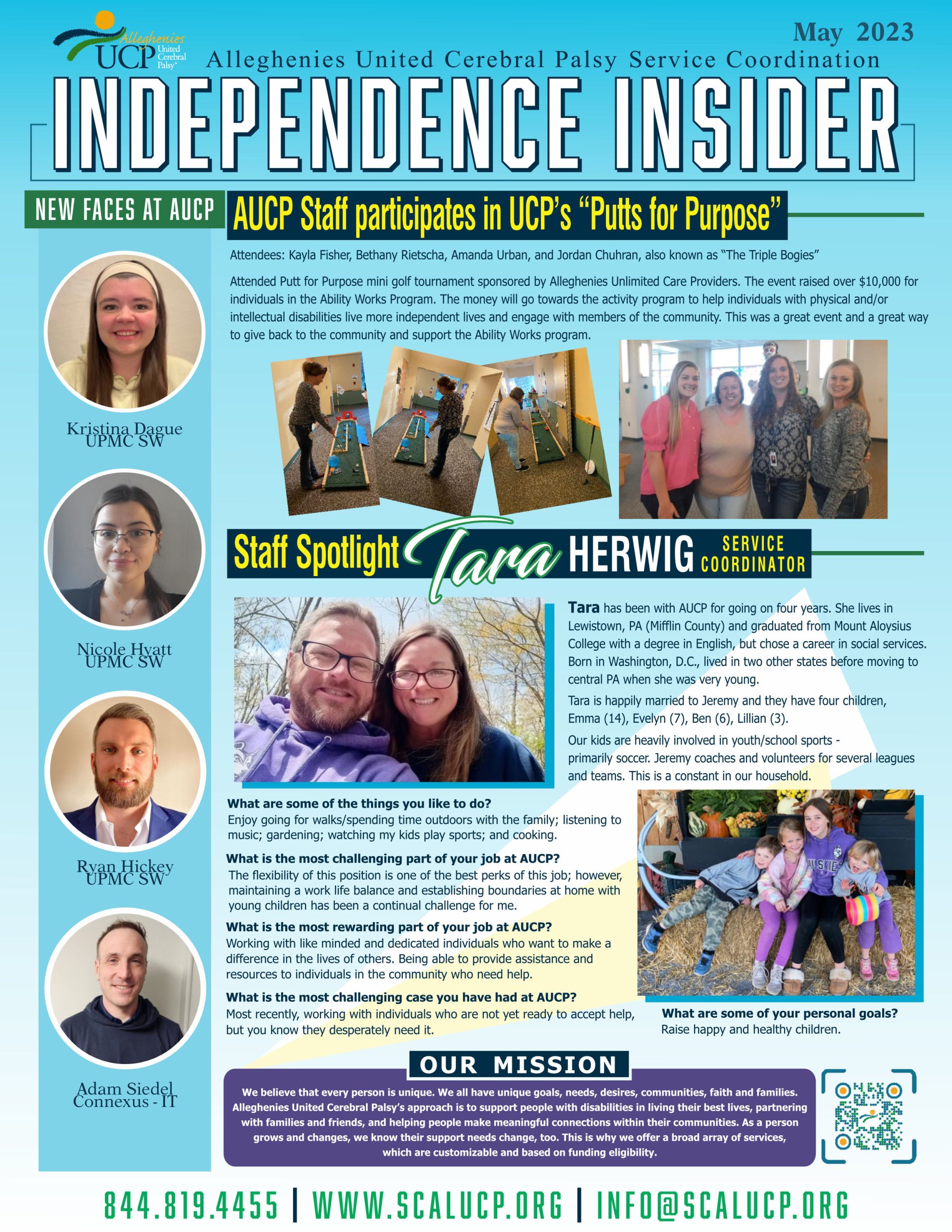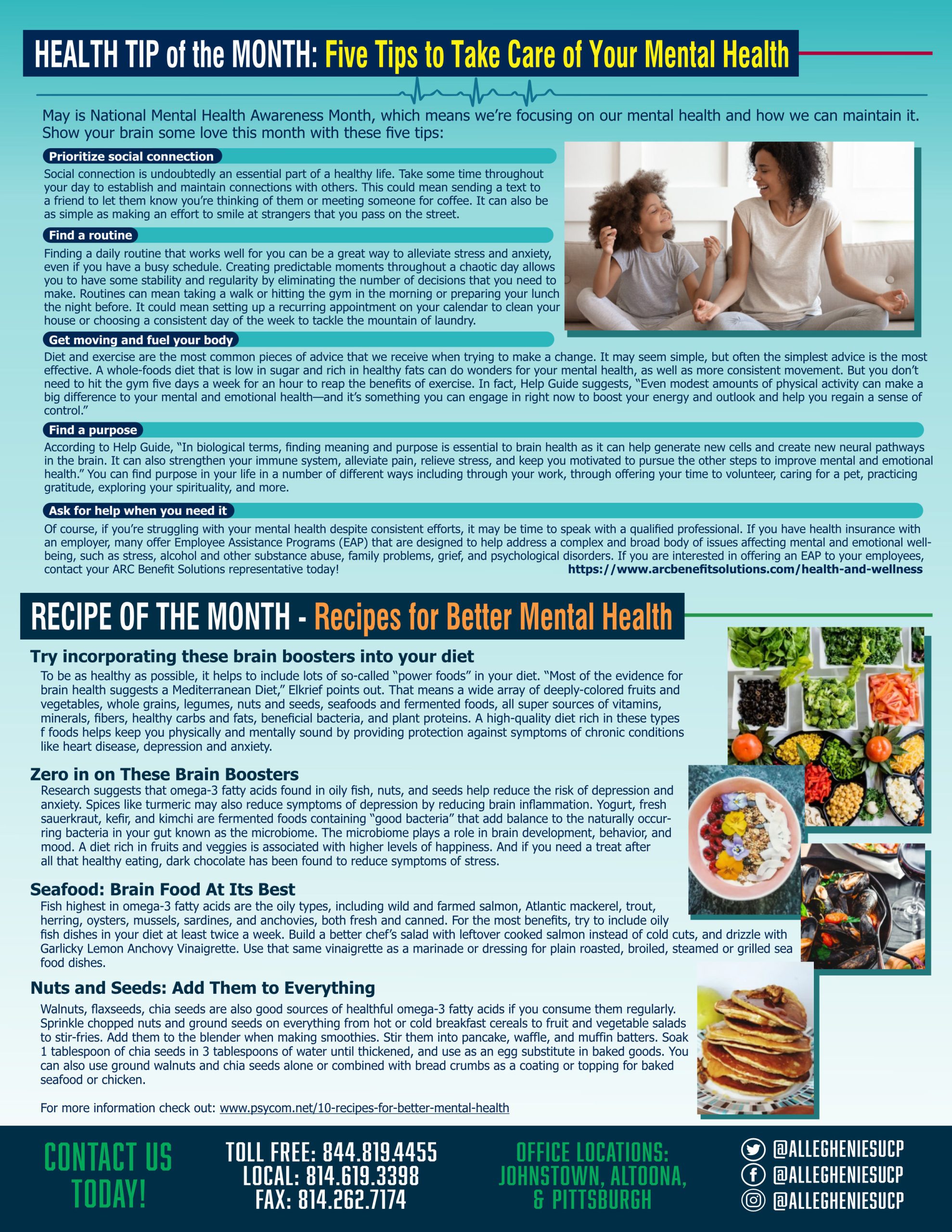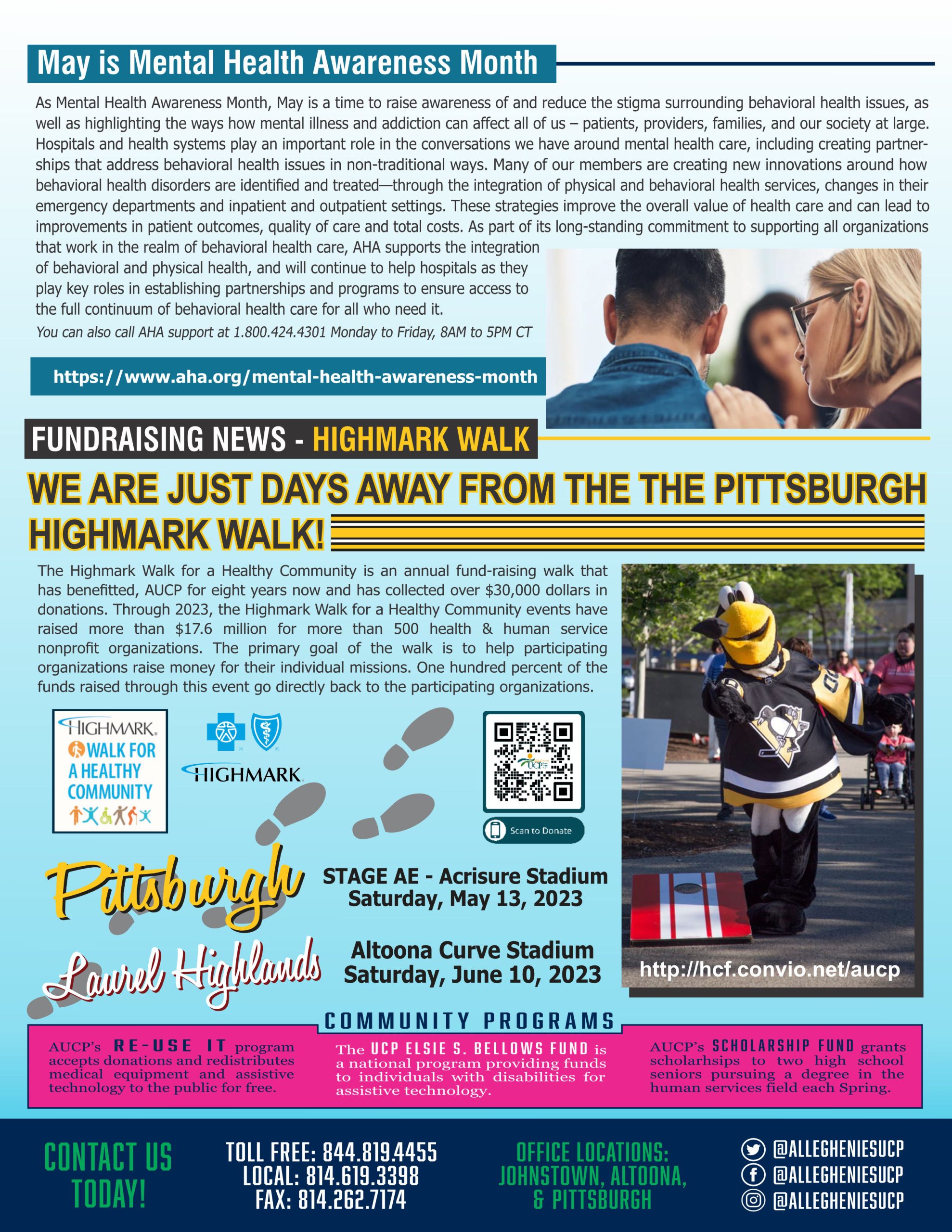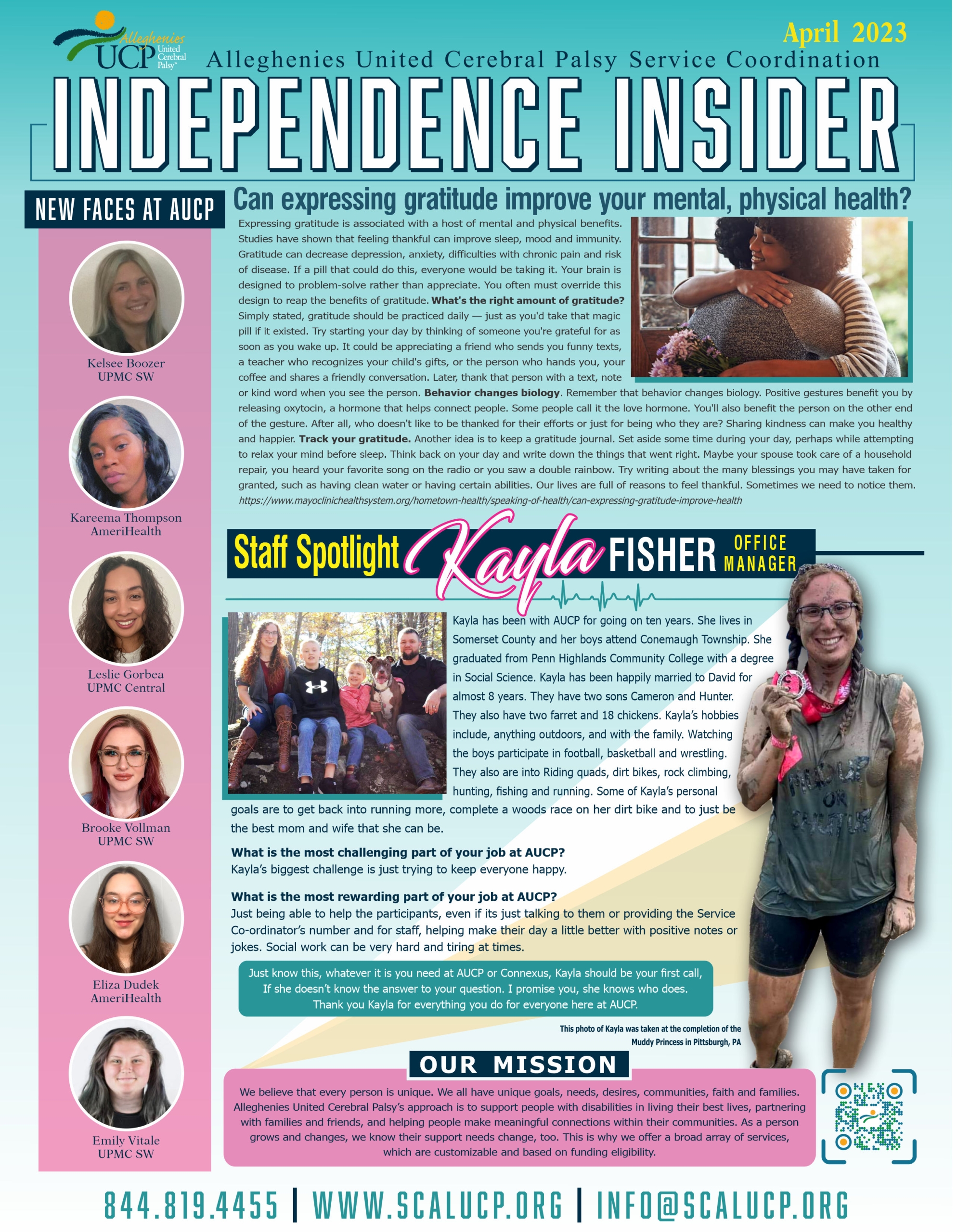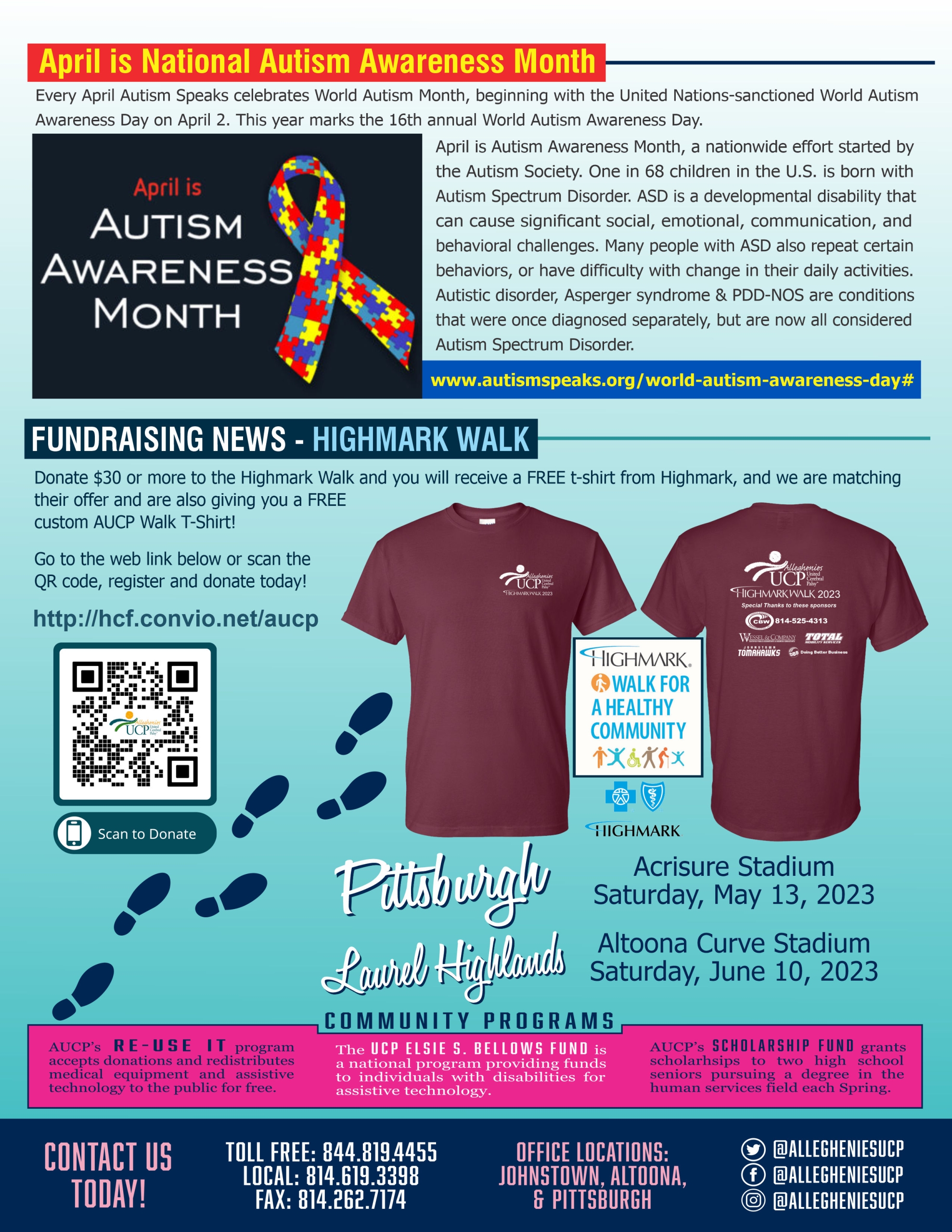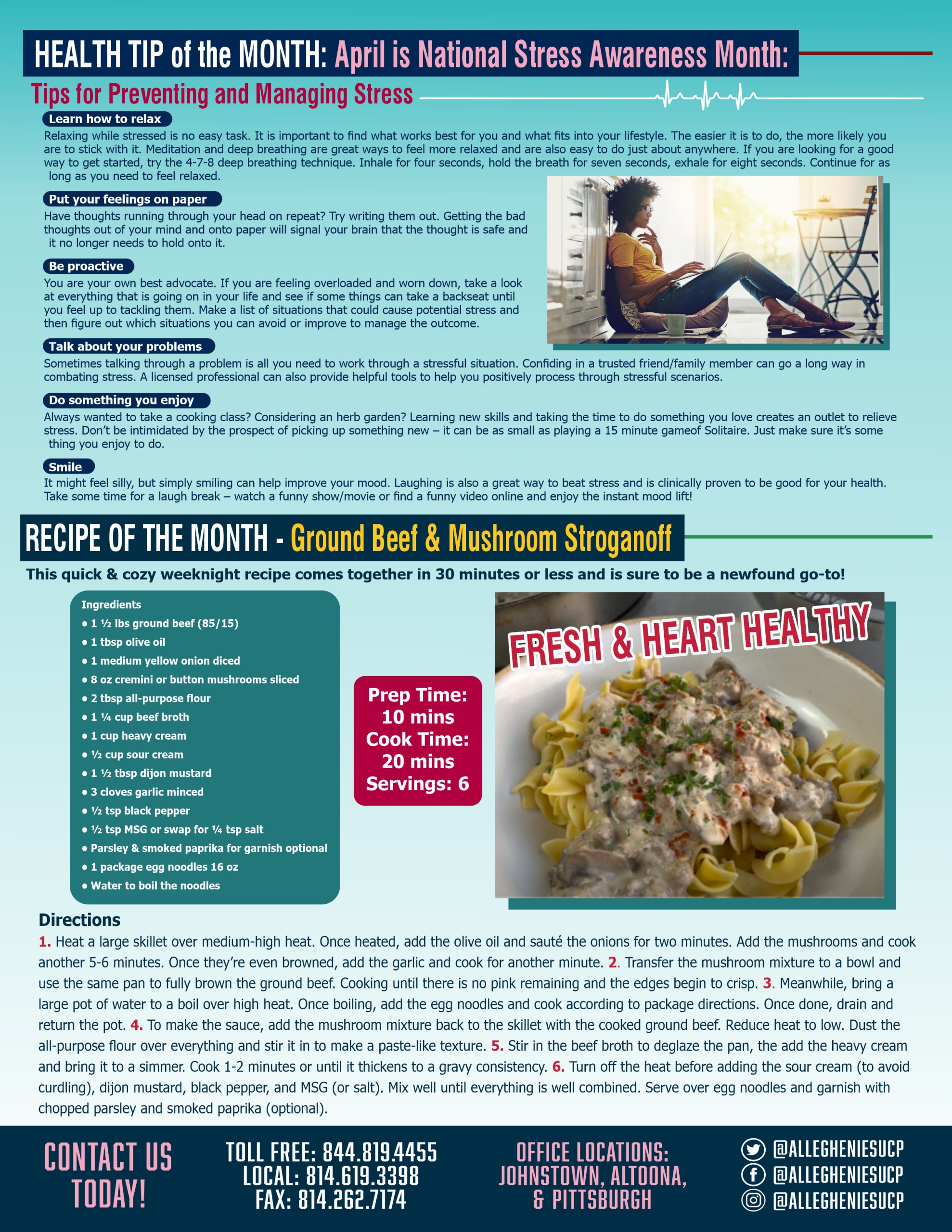 Many of the symptoms of breast cancer are invisible and not noticeable without a professional screening like a mammogram or ultrasound. But some symptoms can be caught early just by looking out for certain changes in your breasts and being proactive about your breast health.
Many of the symptoms of breast cancer are invisible and not noticeable without a professional screening like a mammogram or ultrasound. But some symptoms can be caught early just by looking out for certain changes in your breasts and being proactive about your breast health.
In honor of National Breast Cancer Month, we’d like to share the National Breast Cancer Foundation LLC’s Know the Symptoms guide. It provides a checklist of symptoms that will help you know what to look for in your breasts during a self-exam and take note of the important information to provide your doctor to guide them in their professional evaluation of your health. Know what to look for when checking your breasts by getting this free guide.

Sleep Awareness Week is March 1-7, 2020. This annual event, created by the National Sleep Foundation, seeks to promote better sleep as a way to increase overall health and well-being. NSF recommends 7-9 hours of sleep for adults aged 18-64 and 7-8 hours for older adults aged 65 and over.
To get a good night’s sleep, follow these simple and effective sleep tips:
- Stick to a sleep schedule, even on weekends.
- Practice a relaxing bedtime ritual.
- Exercise daily.
- Evaluate your bedroom to ensure ideal temperature, sound and light.
- Sleep on a comfortable mattress and pillows.
- Beware of hidden sleep stealers, like alcohol and caffeine.
- Turn off electronics before bed.
National Nutrition Month® is an annual campaign created by the Academy of Nutrition and Dietetics. During the month of March, they invite everyone to focus on the importance of making informed food choices, developing sound eating and physical activity habits.
Eating right doesn’t have to be complicated. Before a meal, think about what foods you are going to eat. Choose foods that provide the nutrients you need without too many calories. Build a healthy plate with foods such as vegetables, fruits, whole grains, low-fat dairy and lean protein foods.

Consider the following tips to help you get started on your way to eating right:
- Make half your plate fruits and vegetables
- Make at least half your grains whole
- Switch to fat-free or low-fat milk, yogurt and cheese
- Vary your protein choices
- Limit sodium, solid fats and added sugars
- Enjoy your food but be mindful of portion sizes
- Be physically active your way
- Consult a registered dietitian nutrition
Get more information and see how you can be involved: https://sm.eatright.org/NNMinfo
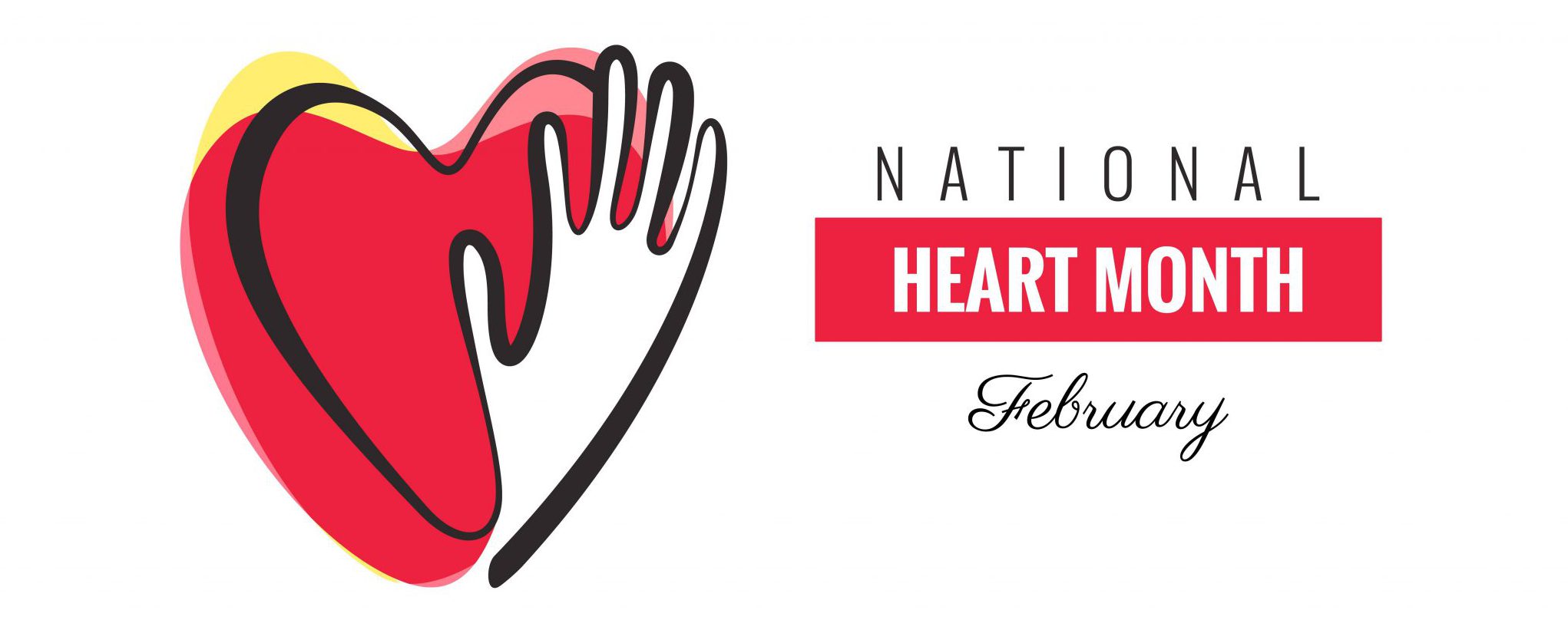 The leading cause of death in the United States is heart disease. In fact, it is the cause of 1 in 4 deaths each year!
The leading cause of death in the United States is heart disease. In fact, it is the cause of 1 in 4 deaths each year!
Help make a difference in your community by raising awareness.
Join AUCP as we wear red every Friday in February in honor of American Heart Month. We will also be sharing information on how to prevent heart disease. Follow along by searching #AUCPHeartHealthy on social media.
Many Americans still don’t get enough fruits, vegetables and other healthy foods.
If money and time are concerns, your favorite drive-through donut and coffee place in the morning and the closest fast-food chain for dinner might seem to better fit your schedule and budget, even if you know these foods aren’t nutritious. You may feel it’s just too hard to get the suggested five or more servings of fruits and veggies every day, and maybe you’ve even given up trying. In either case, results of a large global study should encourage you to reboot your efforts to eat healthier.
The study examined eating patterns of people across 18 countries and how fruits, vegetables and legumes (beans, dried peas and lentils) affected mortality and heart health. Results confirmed that eating these healthy foods lowers the risk for heart disease, heart attacks and early death. They also showed you can get such benefits with just three or four daily servings. Now, this isn’t to say that you should cut back if you’re getting more, but people who are getting little to none can aim to meet this more modest goal.
The studies offered other surprising findings. One is that eating more fruits, seeds and beans can be as good for you as eating more vegetables — that’s good news for those who just can’t wrap their taste buds around broccoli and kale. And when you do have veggies, it’s better to eat most of them raw to get the most nutrients from them. The exceptions are foods rich in lycopene (like tomatoes) and beta carotene (like sweet potatoes and carrots), for which cooking seems to enhance the “bioavailability” of these nutrients, or the amount of which can be absorbed by the body and used.

Copyright © 2019 HealthDay. All rights reserved.


